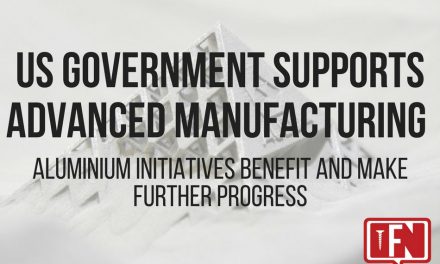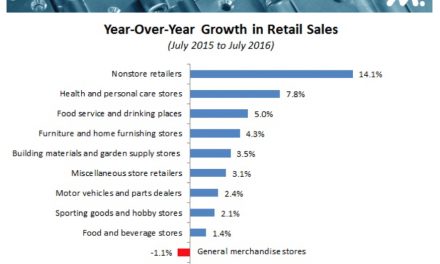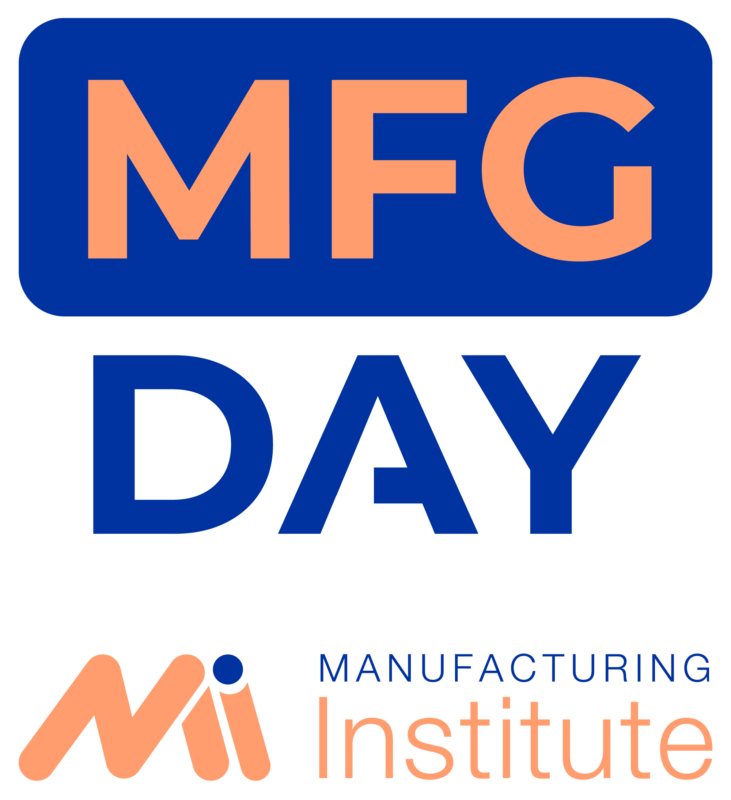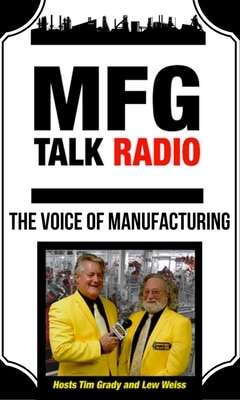
Mar 01, 2023
New Orders and Production Contracting; Backlogs Contracting; Supplier Deliveries Faster; Raw Materials Inventories Growing; Customers’ Inventories Too Low; Prices Increasing; Exports and Imports Contracting
TEMPE, Ariz., March 1, 2023 /PRNewswire/ — Economic activity in the manufacturing sector contracted in February for the fourth consecutive month following a 28-month period of growth, say the nation’s supply executives in the latest Manufacturing ISM® Report On Business®.
The report was issued today by Timothy R. Fiore, CPSM, C.P.M., Chair of the Institute for Supply Management® (ISM®) Manufacturing Business Survey Committee:
“The February Manufacturing PMI® registered 47.7 percent, 0.3 percentage point higher than the 47.4 percent recorded in January. Regarding the overall economy, this figure indicates a third month of contraction after a 30-month period of expansion. In the last two months, the Manufacturing PMI® has been at its lowest levels since May 2020, when it registered 43.5 percent. The New Orders Index remained in contraction territory at 47 percent, 4.5 percentage points higher than the figure of 42.5 percent recorded in January. The Production Index reading of 47.3 percent is a 0.7-percentage point decrease compared to January’s figure of 48 percent. The Prices Index registered 51.3 percent, up 6.8 percentage points compared to the January figure of 44.5 percent. The Backlog of Orders Index registered 45.1 percent, 1.7 percentage points higher than the January reading of 43.4 percent. The Employment Index dropped into contraction territory, registering 49.1 percent, down 1.5 percentage points from January’s 50.6 percent. The Supplier Deliveries Index figure of 45.2 percent is 0.4 percentage point lower than the 45.6 percent recorded in January; readings from the last three months are the index’s lowest since March 2009 (43.2 percent). The Inventories Index registered 50.1 percent, 0.1 percentage point lower than the January reading of 50.2 percent. The New Export Orders Index reading of 49.9 percent is 0.5 percentage point higher than January’s figure of 49.4 percent. The Imports Index continued in contraction territory at 49.9 percent, 2.1 percentage points above the January reading of 47.8 percent.”
Fiore continues, “The U.S. manufacturing sector again contracted, with the Manufacturing PMI® improving marginally over the previous month. With Business Survey Committee panelists reporting softening new order rates over the previous nine months, the February composite index reading reflects companies continuing to slow outputs to better match demand for the first half of 2023 and prepare for growth in the second half of the year. Demand eased, with the (1) New Orders Index contracting at a slower rate, (2) New Export Orders Index still below 50 percent but continuing to improve, (3) Customers’ Inventories Index remaining at ‘too low’ levels, a positive for future production and (4) Backlog of Orders Index recovering for a third month but still in moderate contraction. Output/Consumption (measured by the Production and Employment indexes) was negative, with a combined 2.2-percentage point downward impact on the Manufacturing PMI® calculation. The Employment Index returned to contraction after two months of expansion, and the Production Index logged a third month in contraction territory. Panelists’ companies continue to indicate that they will not substantially reduce head counts, as sentiment is positive about the second half of the year, though slightly less so compared to January. Inputs — defined as supplier deliveries, inventories, prices and imports — continue to accommodate future demand growth. The Supplier Deliveries Index indicated faster deliveries, and the Inventories Index expanded at a slower rate as panelists’ companies manage their total supply chain inventories. The Prices Index jumped back into ‘increasing’ territory after four consecutive months below 50 percent, supporting agreement between buyers and sellers to place orders in the near term.
“Of the six biggest manufacturing industries, two — Transportation Equipment; and Petroleum & Coal Products — registered growth in February.
“New order rates remain sluggish due to buyer and supplier disagreements regarding price levels and delivery lead times; the index increase suggests progress in February. Panelists’ companies continue to attempt to maintain head-count levels through the projected slow first half of the year in preparation for a stronger performance in the second half. Eighty-two percent of manufacturing gross domestic product (GDP) is contracting, down from 86 percent in January. In February, fewer industries contracted strongly: The share of sector industries with a composite PMI® calculation at or below 45 percent — a good barometer of overall manufacturing sluggishness — was 10 percent, an improvement compared to 26 percent in January,” says Fiore.
The four manufacturing industries that reported growth in February are: Apparel, Leather & Allied Products; Transportation Equipment; Petroleum & Coal Products; and Electrical Equipment, Appliances & Components. The 14 industries reporting contraction in February, in the following order, are: Printing & Related Support Activities; Paper Products; Wood Products; Textile Mills; Furniture & Related Products; Nonmetallic Mineral Products; Plastics & Rubber Products; Food, Beverage & Tobacco Products; Chemical Products; Primary Metals; Computer & Electronic Products; Fabricated Metal Products; Machinery; and Miscellaneous Manufacturing.
WHAT RESPONDENTS ARE SAYING
- “Good start to the year for bookings. Electronic components, specifically processors, continue to be challenging due to the risk of not hitting the commit dates, even with the extended lead times quoted.” [Computer & Electronic Products]
- “A slowdown in new housing construction and concerns of a slowing economy have customers delaying purchases in an effort to destock.” [Chemical Products]
- “Sales remain solid, and most assembly plants are running at capacity. There is concern for the global supply chain now that we are restricting sales of some semiconductors to China.” [Transportation Equipment]
- “Expect the first half of 2023 in the U.S. to be slower than the second half. Expect slower orders throughout 2023 for Europe.” [Food, Beverage & Tobacco Products]
- “Even though our number of quotes are down, we are still staying busy, and our backlog has a lot to do with it. A backlog of 30-plus weeks is not ideal.” [Machinery]
- “Business and new orders are softening, and customers are pushing out current orders.” [Plastics & Rubber Products]
- “New orders are steady; production has been running consistently for several months. Many items remain in short supply (particularly anything electronics) and require daily monitoring to ensure supply.” [Electrical Equipment, Appliances & Components]
- “New orders are still strong; however, we continue to experience price increases (although at a slower rate than a year ago), which we have not accounted for in this year’s budget. Restoring lost margin due to cost increases is a top priority.” [Fabricated Metal Products]
- “We shipped some long-term backlogged orders, enabling some progress on our current backlog.” [Miscellaneous Manufacturing]
- “Business conditions are still strong; however, inventory has exceeded our planned levels. This will impact operations until the inventory situation is resolved.” [Primary Metals]
- “While there are lingering concerns about a recession, we are not expecting a large drop-off in manufacturing this year. Worst case is flat.” [Nonmetallic Mineral Products]
RELATED CONTENT:
Manufacturing PMI® at 47.4%; January 2023 Manufacturing ISM® Report On Business®
ManufacturingManufacturing PMI® at 48.4%; December 2022 Manufacturing ISM® Report On Business®


















